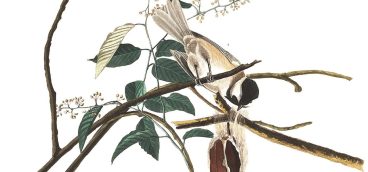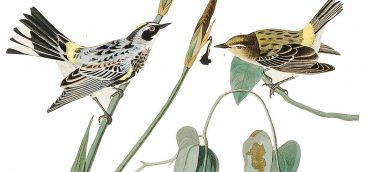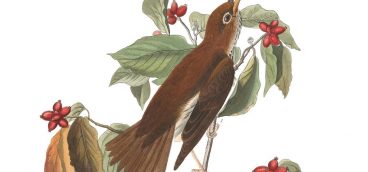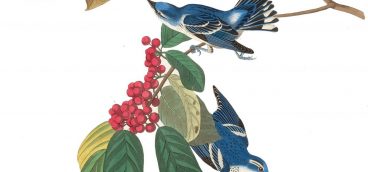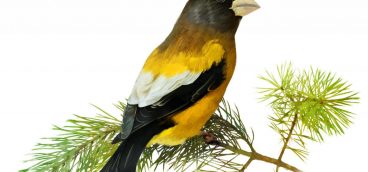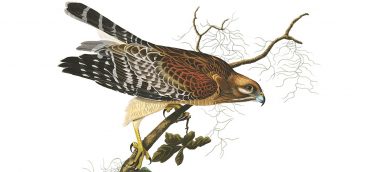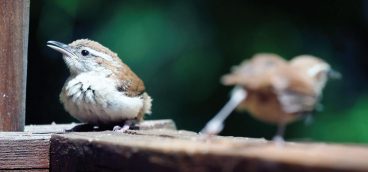TVs in the Sky
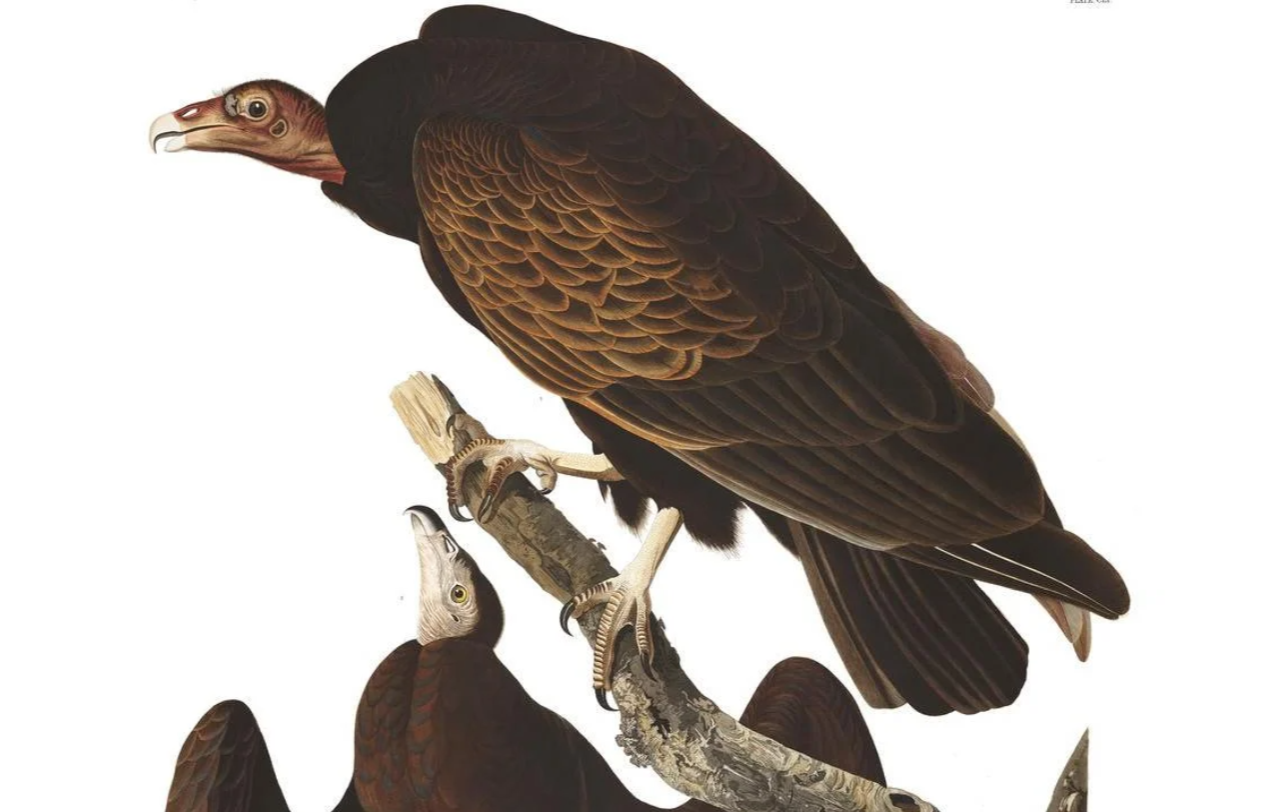
Illustration: John James Audubon
April 30, 2024
When John James Audubon went about portraying the biggest American birds, he took advantage of the double elephant paper that made his enterprise unique. At 26 by 39 inches, the huge sheets lent themselves to nearly full-scale images of our largest avifauna. Take his “Turkey Buzzard,” for example, an old name for the turkey vulture. Two birds — one adult, one juvenile — perch on a snag, a profiled brown eye peering out from each warty face. Their heads, red in the adult and gray in the younger bird, are featherless, the better to avoid untidiness when they eventually plunge deep into the decaying bodies that feed them.
This is what vultures do. In Audubon’s day, scavenging vultures were protected by law in cities like Charleston, South Carolina, an early recognition of the ecological harmony that might exist between humans and birds. Feathered sanitation workers from the sky, vultures performed a valuable urban service, cleaning the city of offal and animal remains. The law codified a natural balance, a visionary piece of jurisprudence.
“TV!” my family will call out. Today, turkey vultures are ubiquitous and protected by the U.S. Migratory Bird Treaty Act, cleaning up roadkill, smaller mammals, and virtually any dead creature they can scarf up. In our region, they can be spotted year-round, their frequency increasing as wandering individuals return north. The sight of a gliding, tippy turkey vulture in spring harkens the return of other species, large and small. Held in a slight V-shape, their outspread wings, black on the leading edge and white on the trailing edge, carry these massive birds aloft.
They seem like unsteady fliers, characteristically rocking in the air as they seek food, but they’re expert aerialists, barely flapping if the winds are right. With our river valleys and roadside cliffs, turkey vultures find updrafts of rising warm air to lift their bodies, which weigh only about four pounds and have an impressive five-and-a-half-foot wingspan. They scan for death, sniff for decay, and reveal a natural ability in their choice of repasts to ward off diseases that would flatten a human: anthrax, botulism, and cholera, among others. Their sense of smell is renowned in the bird world, with large olfactory centers in their brains that allow them to detect just a whiff of rot, indicating a meal.
TVs nest on ledges and in caves, in abandoned animal burrows, using former hawk and heron nests, and seemingly anywhere they can enjoy familial isolation, usually scraping the earth instead of building a stick cradle. Females deposit one to three off-white eggs, spotted with color and about double the size of a hefty chicken egg, incubating them for a month to six weeks. Hatchlings take another two to three months to mature, hissing and screeching for regurgitated parental meals. These dinosaur descendants may be vomit snackers and carrion consumers, but their eating habits deserve as much appreciation as the quaint robin with its worm.
Email your avian encounters, photos, or questions to PQonthewing@gmail.com.


